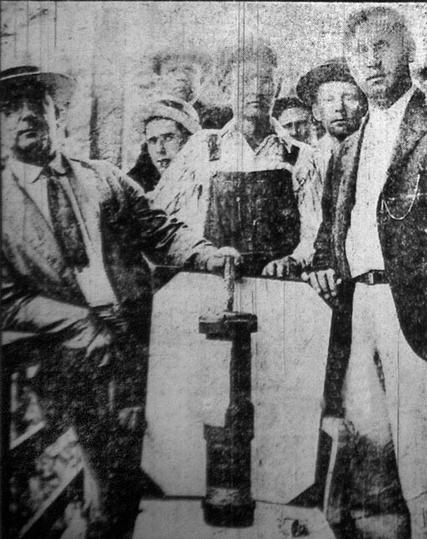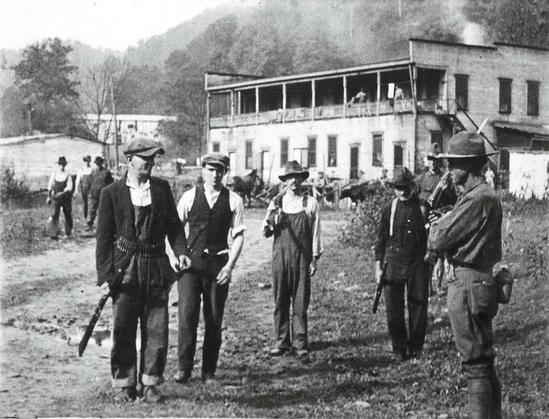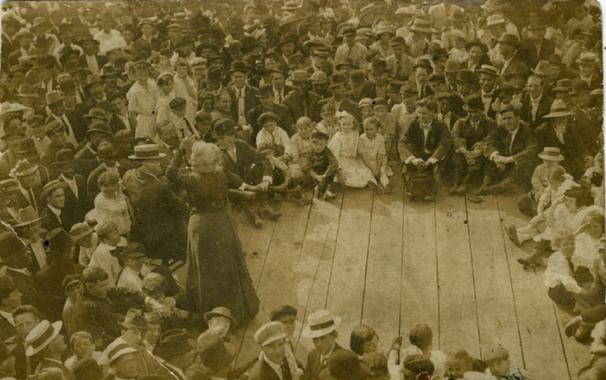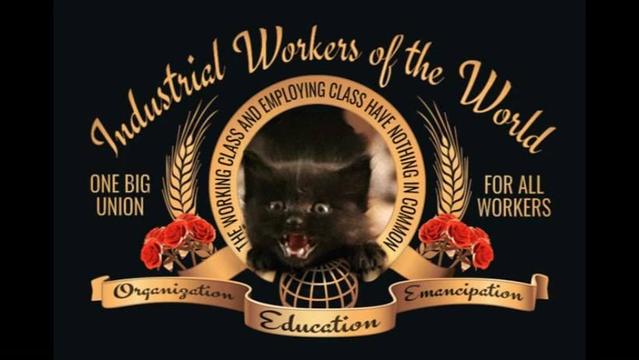Today in Labor History August 25, 1921, the Battle of Blair Mountain began in Logan County, West Virginia. It was the largest armed insurrection since the Civil War, and the largest labor uprising in U.S. history. 10,000-15,000 coal miners battled 3,000 cops, private cops and vigilantes, who were backed by the coal bosses. Up to 100 miners died in the fighting, along with 10-30 Baldwin-Felts detectives and three national guards. Nearly 1,000 people were arrested. One million rounds were fired. And the government bombed striking coal miners by air, using homemade bombs and poison gas left over from World War I. This was the second time the government had used planes to bomb its own citizens within the U.S. (the first was against African American during the Tulsa pogrom, earlier that same year).
The Battle of Matewan had occurred just a year before. Baldwin-Felt private police tried to arrest Sheriff Sid Hatfield, who supported the miners, using a bogus arrest warrant. Unbeknownst to the detectives, armed miners had surrounded them. No one knows who shot first, but when the smoke had cleared, there were seven dead detectives, including Albert and Lee Felts, and four dead townspeople, including the mayor. On August 1, 1921, surviving members of Baldwin-Felts assassinated Hatfield in broad daylight, on the steps of Welch County courthouse, as his wife watched in horror. As news of his death spread, miners began arming themselves and threatened to march to the anti-union stronghold of Logan County to overthrow Sheriff Dan Chaffin, the coal company tyrant who murdered miners with impunity. Fearing a bloodbath, Mother Jones tried to dissuade them from marching. Many accused her of losing her nerve. The march led to all-out war, as the authorities sent in police, private cops, and deputized vigilantes to battle the miners.
You can read my full article on the battle and its historical roots here: https://michaeldunnauthor.com/2024/04/14/the-battle-of-blair-mountain/
#workingclass #LaborHistory #BlairMountain #mining #coal #westvirginia #matewan #police #vigilantes #racism #tulsa #motherjones




